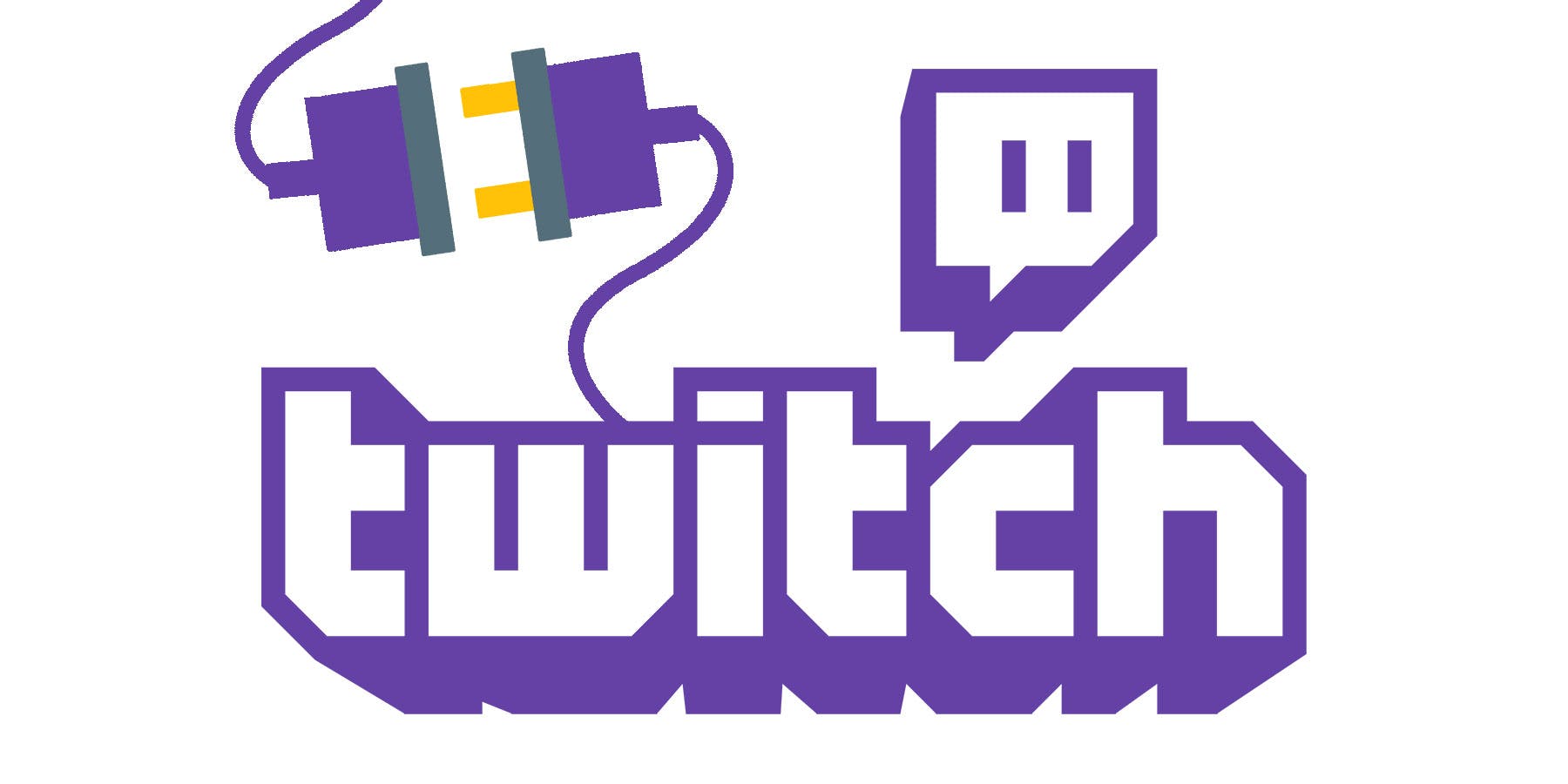Social motivations of live-streaming viewer engagement on Twitch

Image Source: https://screenrant.com/twitch-streaming-service-down-outage/
Live-streaming is an interactive form of internet-based multi- media entertainment that has grown rapidly in popularity world- wide since 2011. Live-streaming has become so popular that, in some cases, there are more people watching others do activities, such as play computer games, than doing the activity themselves. Unlike previous streaming services, such as television and YouTube, live-streaming offers real-time human interaction between the streamer and viewers, facilitating their ability to interact with each other. While online technology has made this development possible, what is driving the rapid growth in live- streams, is not well understood from a psychological perspective. While online technology has made this development possible, what is driving the rapid growth in live- streams, is not well understood from a psychological perspective. Despite the popularity of live-streaming consumption, little psychological research has been conducted. Some past research has explored live-streaming consumption motivations including tension release, escapism, and acquiring knowledge, however social-based motivations such as needs for interaction, connection, and community, have not been studied within the context of live-streaming. This study seeks to address this gap by exploring the relationship between live-stream viewer socio- motivations and their psychological and behavioural live-stream engagement.
Little is known about the motivations underlying viewer engagement in the rapidly growing live-streaming multimedia phenomenon. This study trialled an eight-factor socio-motivational model, based on Uses and Gratifications Theory, to explain four aspects of live-stream viewer engagement. Cross-sectional data was collected through an international, online self-report survey of Twitch users (N = 2227). Multiple and ordinal linear regression analyses identified six motivations which helped to explain live-stream engagement: social interaction, sense of community, meeting new people, entertainment, information seeking, and a lack of external support in real life. Compared to mass media, viewer motivations to engage in live-stream entertainment appear to have a stronger social and community basis. Furthermore, live-stream viewers who preferred smaller channels (<500 viewers) were more motivated by social engagement than viewers who preferred larger channels. These findings offer insight into the motivations for live-stream engagement, and help to lay a foundation for further research.
Please see the paper for full details:
Journal: https://doi.org/10.1016/j.chb.2018.02.013
Citation: Hilvert-Bruce, Z., Neill, J. T., Sjöblom, M., & Hamari, J. (2018). Social motivations of live-streaming viewer engagement on Twitch. Computers in Human Behavior.84,2018,pp.58-67
doi: 10.1016/j.chb.2018.02.013
Authors
Zorah Hilvert-Bruce
Centre for Applied Psychology, University of Canberra, Australia
James T.Neill
Centre for Applied Psychology, University of Canberra, Australia
Max Sjöblom
Gamification Group, Laboratory of Pervasive Computing, Computing and Electrical Engineering, Tampere University of Technology, Finland
Gamification Group, Tampere Research Center for Information and Media, Faculty of Communication Science, University of Tampere, Finland
School of Science, Aalto University, Finland
Juho Hamari
Gamification Group, Laboratory of Pervasive Computing, Computing and Electrical Engineering, Tampere University of Technology, Finland
Gamification Group, Tampere Research Center for Information and Media, Faculty of Communication Science, University of Tampere, Finland
Gamification Group, Digital Culture, Faculty of Humanities, University of Turku, Finland
@VirtualEconomy




Sorry, the comment form is closed at this time.